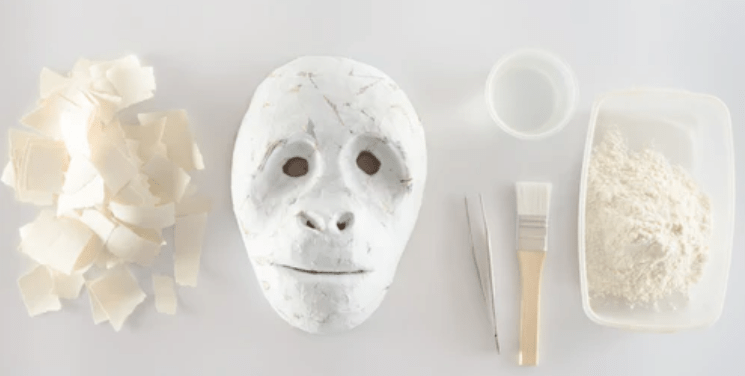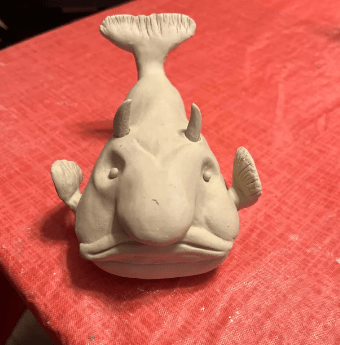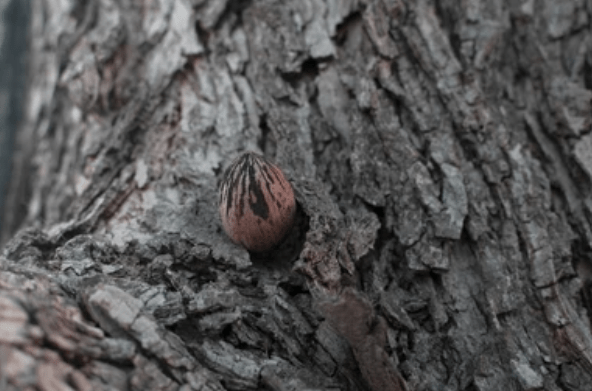How Long Does Cedar Take to Air Dry?
Smell the fresh cedar in your backyard. For wood fans like you, cedar is more than wood – it’s your creative canvas. Before it’s your deck or gazebo, cedar air-dries. This journey from tree to masterpiece is key for your cedar projects.
So, how long does cedar take to air dry? Getting cedar to dry isn’t as simple as we might want. It depends on a few things, like how thick the wood is, the weather where you live, and the place you’re drying it.
Generally, cedar can take anywhere from several months to a year to air dry properly. The goal is to reach an ideal moisture content that allows the wood to be worked with effectively without compromising its structural integrity or aesthetic appeal.
The time it takes for cedar to air dry depends on the type of cedar and the climate:

Understanding the Drying Process
Let’s explore the difference between air-dried and kiln-dried wood. Does cedar need to be kiln-dried? Not necessarily. While kiln drying is faster and allows for more controlled conditions, air drying cedar is a time-honored method that many purists prefer.
It’s a natural process that can enhance the wood’s color and grain, making it a favorite among traditionalists.
Also Read: How Long Does Foam Clay Take to Dry?
Kiln-Dried vs. Air-Dried Western Red Cedar
Kiln drying is a process where wood is put into a big oven, and the temperature and humidity are controlled carefully to take out the moisture. This process can be completed in a matter of days or weeks.
On the other hand, air drying uses the natural flow of air and usually takes a longer time. The slower pace of air drying allows the wood to acclimate to the ambient humidity, reducing the risk of warping or cracking.
Moisture Content for Clear vs. Knotty Material
The moisture content of cedar is a critical factor in determining its readiness for use. For clear, knot-free cedar, the desired moisture content is typically around 6-8% for indoor use and 12-15% for outdoor applications.
Knotty cedar, which is often used for its rustic appearance, may have slightly different requirements due to its varied density and grain patterns.
Tips for Air Drying Cedar
Here are some tips for air-drying cedar:
Drying Western Red Cedar for Exterior Applications
When drying cedar for outdoor use, it’s important to consider the climate it will be exposed to. Cedar that’s too dry may absorb excess moisture from the environment, leading to swelling and distortion.

Conversely, wood that’s too moist may shrink and crack as it dries out in the sun and wind.
Also Read: How Long Does Pecan Wood Take to Dry?
Step-by-Step Guide to Air Drying Cedar
How to Cure Cedar Wood?
Curing cedar goes beyond simply waiting for it to dry. It’s about ensuring the wood acclimates to its environment and retains its natural beauty and strength. Here are some effective tips for curing cedar:
Summing Things Up:
In woodworking, patience is truly a virtue, particularly in the case of air-drying cedar. By understanding the nuances of the drying process and following a careful, methodical approach, you can ensure that your cedar reaches the perfect moisture content for your next masterpiece.
Whether you’re building a cozy cabin retreat or crafting a set of elegant garden furniture, properly dried cedar will provide the durability and aesthetic you desire.
Remember, the journey from raw lumber to a finished project is a testament to your skill and dedication.
Invest the time to dry your cedar properly, and it will provide you with years of beauty and functionality. Now armed with this knowledge, you’re prepared for your next woodworking project with confidence and expertise.







